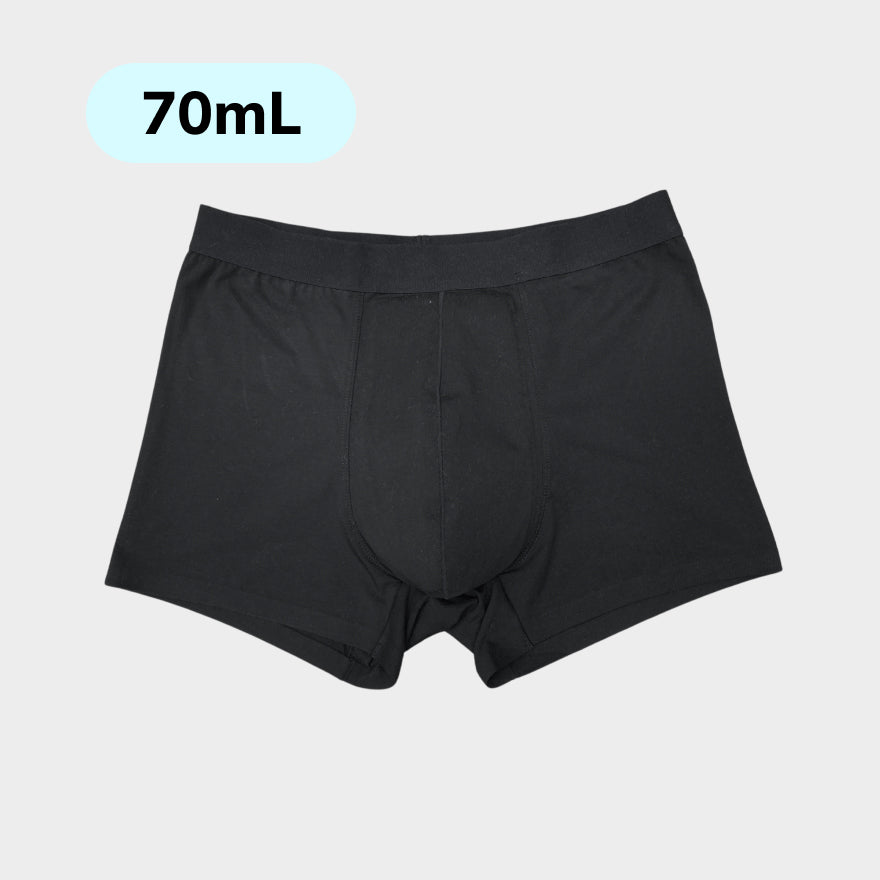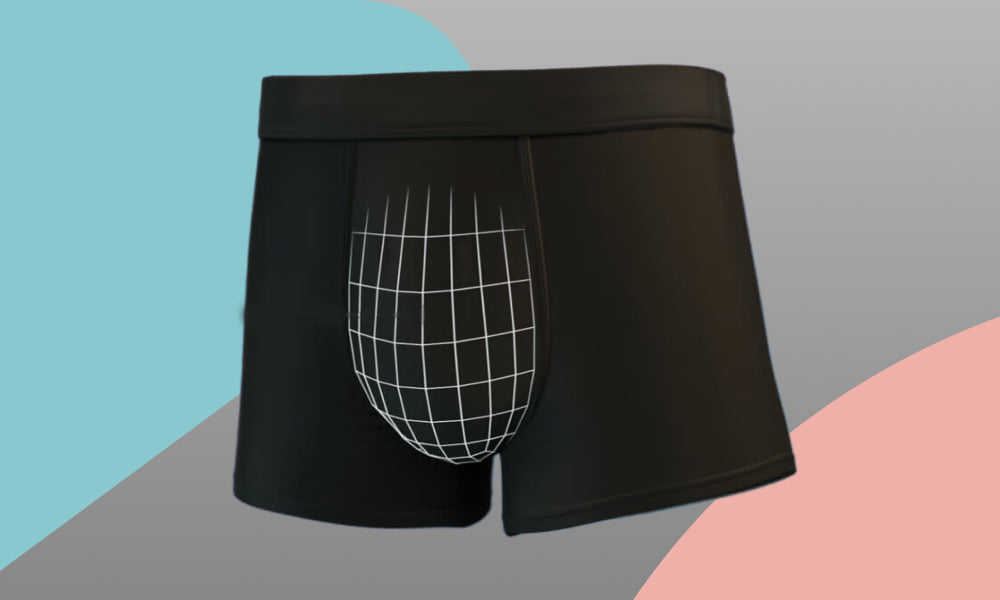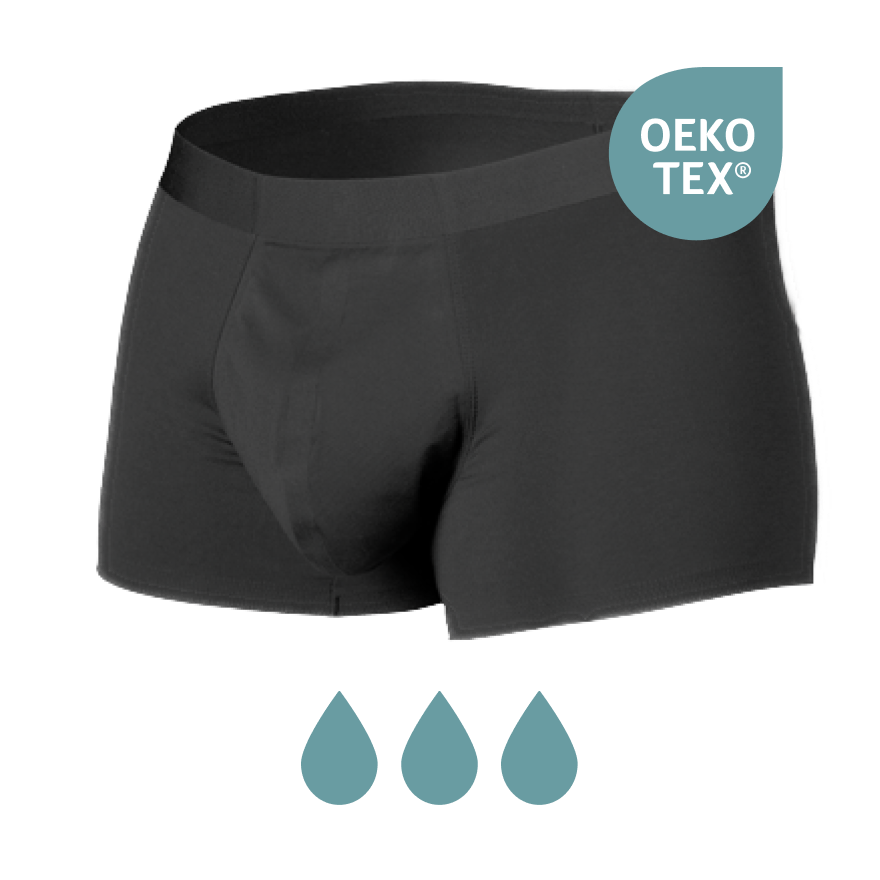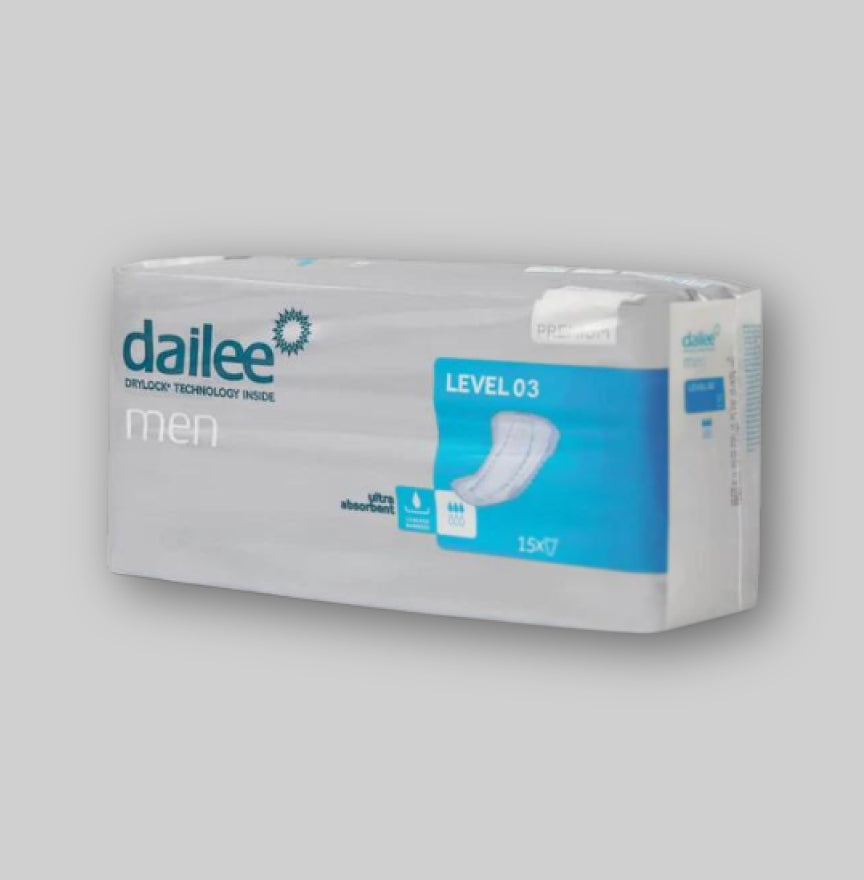Functional incontinence Is a common problem in which people unintentionally lose urine as a result of physical or psychological limitations that make it difficult to reach a toilet on time. This type of incontinence is different from other forms of incontinence, because the bladder works normally and the cause of urinary incontinence is not in bladder or sphincter muscles. For example, people with functional incontinence can suffer from motor problems, disability, osteoarthritis, neurological disorders or medication use.

Functional incontinence is primarily a problem older people (living at home or in a care institution) with reduced mobility, but it can happen to anyone. It is therefore important that there must be a toilet nearby and accessible to people with functional incontinence. Various treatments are possible to reduce the symptoms of functional incontinence, such as training the pelvic floor muscles, adjusting the diet and the use of incontinence material. People with functional incontinence can also benefit from physiotherapy, occupational therapy and psychological support.
Definition of functional incontinence
Functional incontinence is a form of unintended loss of urine in which the bladder works normally, but physical or psychological disabilities make it difficult for people to reach the toilet on time. This can be due to poor visibility, reduced mobility, neurological disorders or forms of dementia.
People with functional incontinence have no problems with the bladder, but have difficulty reaching the toilet on time. They cannot reach the toilet on time due to physical or psychological disabilities. It is important to understand that functional incontinence is not the same as stress incontinence, urge incontinence or mixed incontinence.
Functional incontinence is sometimes also called medicines incontinence. This is because the (unnecessary) use of certain type of moisture -repellent drugs can ensure functional incontinence. Plas media or moisture -repellent drugs are used among other things in heart failure, edema and increased blood pressure.
People with functional incontinence can suffer a lot from their condition. It can lead to feelings of shame and a reduced quality of life. It is therefore important to know that treatments are available to reduce the symptoms of functional incontinence and to improve the quality of life.
Causes of functional incontinence
Functional incontinence occurs when someone cannot go to the toilet on time due to physical or cognitive disabilities. There are several causes of functional incontinence. The main causes of functional incontinence are discussed in this section.
Physical limitations
Physical limitations, such as mobility problems, can lead to functional incontinence. For example, people who can no longer walk or can no longer check their movements cannot reach the toilet on time. Other physical limitations They can contribute to functional incontinence are muscle weakness, spasticity and pain.
Cognitive limitations
Cognitive limitations, such as dementia and memory problems, can also lead to functional incontinence. For example, people with dementia can forget where the toilet is or how they should use it. Other cognitive limitations that can contribute to functional incontinence are problems with orientation, understanding language and making decisions.
Environmental factors
Environmental factors, such as the availability of toilets and the accessibility of public spaces, can also contribute to functional incontinence. For example, people who do not have access to a toilet or who cannot find a toilet cannot reach the toilet on time. Other environmental factors that can contribute to functional incontinence are the distance to the toilet, the presence of obstacles and the availability of aids.
It is important to understand the causes of functional incontinence, so that solutions can be found to reduce the symptoms and the quality of life to improve the patient.
Diagnosis and evaluation

Functional incontinence can be diagnosed by a healthcare provider based on medical history, physical examination and additional tests.
Medical
The patient's medical history is of great importance in determining functional incontinence. The doctor will ask questions about the symptoms, the frequency of the occurrence of the symptoms and any underlying conditions. It is important to know whether the patient suffers from other medical conditions, such as diabetes, heart failure or COPD, that can contribute to the development or aggravation of urinary incontinence.
Physical examination
The physical examination can help to find out the cause of the incontinence. The doctor will examine the abdomen and pelvic floor to determine whether there is an anatomical deviation. In addition, the doctor can also test the neurological functions to see if there is a neurological problem that causes incontinence.
Additional tests
Additional tests can help to confirm the diagnosis of functional incontinence. For example, a urine test can be performed to see if there is an infection. In addition, a uroflowmetry can also be performed to see how quickly the urine flows and how much urine is excreted. A cystoscopy can be performed to examine the bladder and the urethra for abnormalities.
All these tests can help to confirm the diagnosis of functional incontinence and to determine the best treatment for the patient.
Treatment strategies

Functional incontinence can be treated with different strategies, depending on the cause and severity of the condition. This describes some treatment strategies that can help to control functional incontinence.
Conservative treatments
Conservative treatments are aimed at reducing the symptoms of functional incontinence without the use of medicines or surgery. This can include adjusting the lifestyle, training the pelvic floor muscles and the use of incontinence material.
Behavioral therapy
Behavioral therapy can help reduce the symptoms of functional incontinence by learning new habits and behaviors. This can include, among other things, the regular planning of toilet visits and avoiding certain activities that can worsen incontinence.
Medication
Medication can be prescribed to reduce the symptoms of functional incontinence. This can include, among other things, the use of medicines that improve bladder function or medicines that relax the muscles in the pelvic floor.
Surgical options
Surgical options can be considered if other treatments have not been effective. This can include placing an artificial sphincter or adjusting the bladder function through surgery.
It is important to emphasize that the choice for a certain treatment strategy depends on the individual situation of the patient. That is why it is important to always consult a doctor in the event of complaints of functional incontinence.
Self -management and prevention

Functional incontinence can be prevented or reduced through self -management and prevention. There are different ways to achieve this, such as adjusting the lifestyle, training the bladder and the use of aids.
Lifestyle adjustments
A healthy lifestyle can help prevent functional incontinence. For example, it is important to drink enough and eat healthily. In addition, it is important to exercise regularly and avoid overweight. Stress can also play a role in functional incontinence, so avoiding stressful situations can help.
Bladder training
Blowing training can help to train the bladder and improve control of the bladder. This can be done by gradually extending the time between toilet visits. It can also help to learn to relax while urinating and train the pelvic floor muscles.
Use of tools
There are various tools available that can help with functional incontinence. These are, for example, incontinence material, such as absorbent pants or diapers. There are also aids that make it easier to go to the toilet, such as toilet boats or urinal. It is important to choose the right tools and use them in the right way.
Through self -management and prevention, people with functional incontinence can reduce their symptoms and improve control of their bladder. It is important to ask a healthcare provider about the best approach for individual situations.
Social and psychological impact

Functional incontinence can have a major impact on the daily life of people. It can lead to social isolation and psychological problems. People with functional incontinence are often afraid of incomprehension or rejection, as a result of which they conceal their complaints for their loved ones. This can lead to feelings of shame and loneliness.
Incontinence can also lead to problems at work or in the school environment. People with functional incontinence often have difficulty concentrating and can feel uncomfortable in social situations. This can lead to reduced productivity and performance at work or in the school environment.
In addition, incontinence can also lead to financial problems. People with functional incontinence often have to spend a lot of money on incontinence material and medical assistance. This can lead to financial stress and fear.
It is important to acknowledge that functional incontinence is a serious problem that can have a major impact on people's lives. It is important to support people with functional incontinence and to help find solutions that improve their quality of life.
Future research and developments

Functional incontinence is a common problem in the elderly and people with disabilities. A lot of research is currently being done into new treatments and technologies to tackle this problem.
One of the developments in the field of incontinence is smart incontinence material. This is incontinence material that is provided with sensors that measure the urine production and forward this information to an app on the smartphone of the user or the care provider. In this way it is better to keep track of how much urine is being produced and you can intervene faster in the event of any problems.
Another development is the use of pelvic floor therapy for functional incontinence. Hereby exercises are done to strengthen the pelvic floor muscles and to improve control of the bladder. Research shows that pelvic floor therapy can be effective treatment for functional incontinence in women.
Finally, research is also being done into medicines that can help with functional incontinence. For example, there are medicines that relax the muscles in the bladder, so that the urine can be stopped better. Drugs are also being developed that influence the nerves that control the bladder, so that the bladder can function better.
All these developments offer hope for people who suffer from functional incontinence. With the right treatment and technologies, this problem can be better addressed and the quality of life of patients can be improved.















